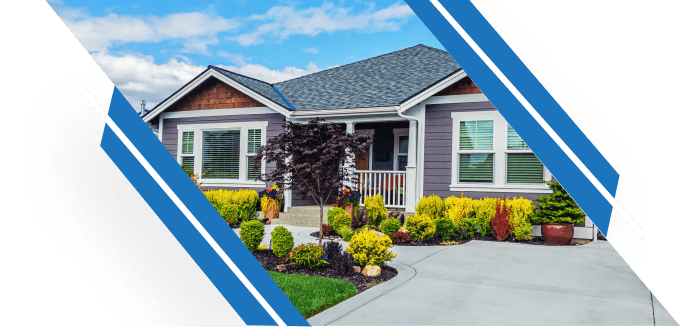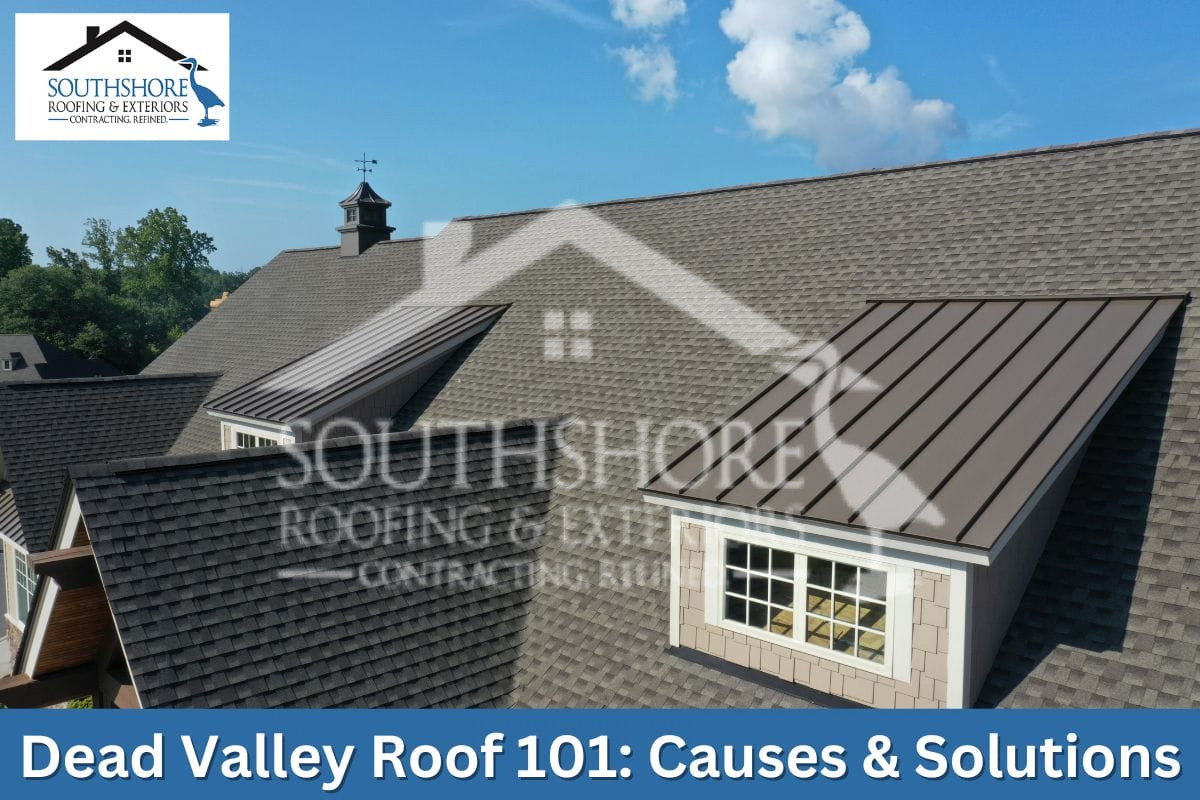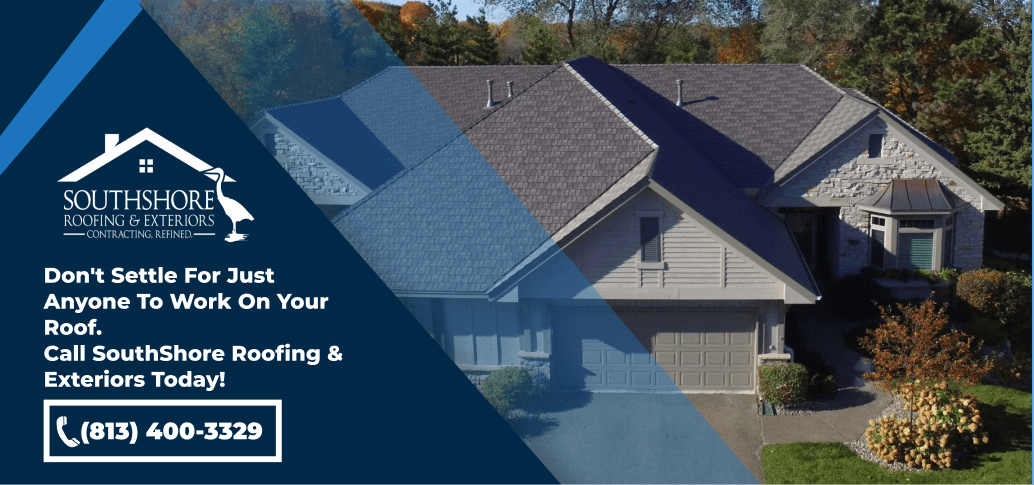Leaks, damage, and poor drainage can lead to expensive repairs and inconvenience. One particular challenge that often perplexes homeowners and even some roofers is the notorious dead valley. In this comprehensive guide, we will unravel the mysteries of dead valley roofs, explore exactly what they are, what causes them, the consequences of having one, and, most importantly, the proactive measures you can take to keep your roof in pristine condition.
What Is A Dead Valley On Your Roof?
To understand what a dead valley is, you need to know what roof valleys are. For those who don’t know, a roof valley is an area on your roof where two roof slopes meet. This creates a V-shaped channel that diverts water to the gutters and away from your roof and home
You can find more information on this topic in our other blog post: What Is A Roof Valley and Why It Needs Your Attention?
A dead valley is a specific type of roof valley, but it’s not your typical, well-behaved channel. In fact, it’s quite the opposite. A dead valley is an area on the roof where water accumulates due to poor, or no, drainage. It’s typically caused by the valley ending in a depression or low slope. In this flat area, rainwater doesn’t have anywhere to go. It just sits there, becoming stagnant, which is where the trouble starts.
The water that has pooled on a dead valley roof becomes a breeding ground for problems, such as water damage to mold and mildew growth.
Causes of Dead Valley Damage: Unraveling the Reasons Behind the Puddle
Understanding what causes a dead valley roof helps you prevent the problems we’re going to address. It will also make you more aware of what to look for when you’re thinking of installing a new roof, or looking to purchase a home with a large and intricate roof design.
1. Roof Design Flaws
A pitched roofing system is supposed to have proper angles and slopes that help water flow down quickly and seamlessly. However, during the design or construction phase, which takes place during a roof installation, mistakes happen. If you hire a roofing contractor with little to no experience, then there is a chance that the roof valley won’t be formed properly, and instead, allow two sections of the roof to come together in a way that traps water. These design flaws create troublesome dead valleys.
2. Clogged Gutters and Drains
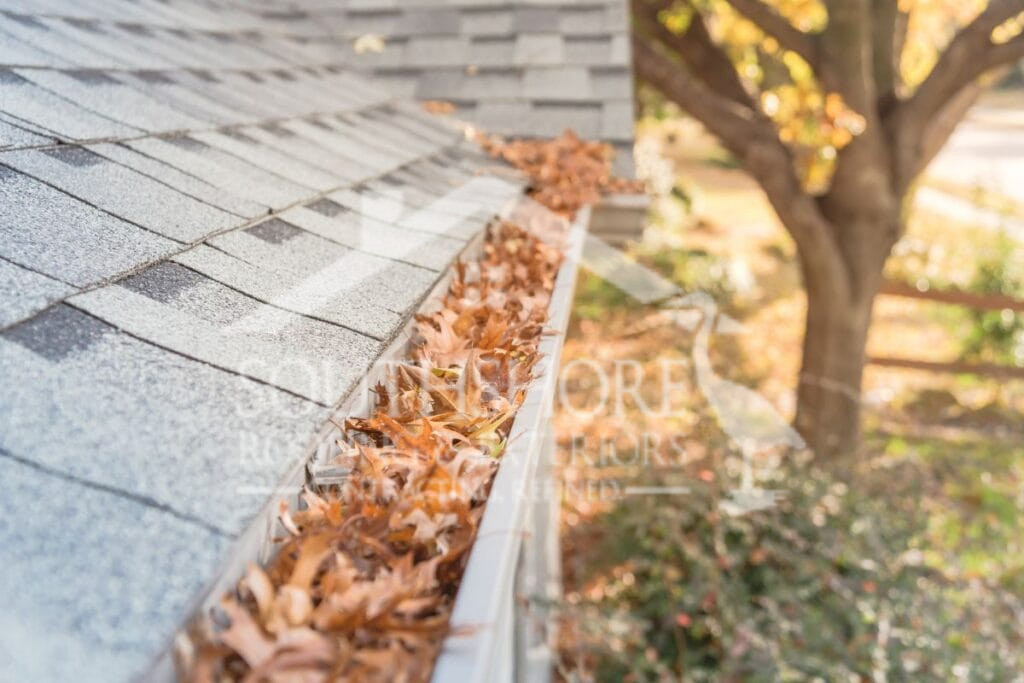
Think of your gutters and drains as the exit ramps for rainwater on your roof. If these pathways are blocked by leaves, twigs, or other types of debris, water backs up and begins to overflow the gutters. When water can’t flow freely, it accumulates in low areas like dead valleys. The regular cleaning and maintenance of gutters and drains is crucial to ensure water can escape without hindrance.
3. Low-Quality Roofing Materials
A roof is like a puzzle, and you need to make sure that each piece fits together perfectly to create a cohesive system. Therefore, not only do you need to hire a good contractor, you need to ensure that he uses quality materials, too. If your roof is constructed with low-quality materials that deteriorate quickly, it can create uneven surfaces.
Over time, these uneven areas may become dead valleys, trapping water and causing problems. Investing in high-quality roofing materials ensures your roof stays strong and functional for a long time.
Examples of Roof Valley Damage
When we talk about common roofing problems such as missing shingles, a leaking roof, or storm damage, homeowners might not find a dead valley to be that big of a concern. This is why most homeowners neglect this issue. However, below are some examples of damage that can occur to your roof when you have pooling water in a dead valley:
Water Damage
The most immediate and severe consequence of a dead valley roof is water damage. When water accumulates in these low areas, it can seep through the roofing materials, infiltrating your home.
Mold and Mildew Growth

Stagnant water in dead valleys creates a damp environment, which is a breeding ground for mold and mildew. These fungi not only cause unpleasant odors but also pose significant health risks, especially for individuals with allergies or respiratory issues. Mold and mildew can spread rapidly, affecting indoor air quality and making your home an unhealthy place to live.
Structural Compromises
Prolonged exposure to water weakens the structural elements of your home. Wooden frames can rot, and metal and concrete supports can corrode. This compromises your home’s structure, not only endangering your safety, but also necessitating extensive repairs, adding financial strain to an already stressful situation.
Roofing Material Deterioration
The roofing material installed in a dead valley is constantly exposed to water, which accelerates its deterioration. Shingles can warp, crack, or even become detached, leaving your roof vulnerable to further damage.
Dead Valley Roofing Solutions: How To Fix This Roofing Problem
Now that we know the problems associated with a dead valley it’s important to know what we can do about it. So, are there ways to assist a dead valley with proper drainage? The answer is yes. In the section below, we will share some techniques that can help you prepare your roof to face the rain in Tampa.
Professional Roof Inspection
The first step in addressing a dead valley roof is a thorough inspection by a professional roofer. These experts have the knowledge and experience to identify dead valley areas and assess the extent of the damage. Through meticulous examination, they can pinpoint the exact problem spots and devise a targeted plan for repairs.
Proper Drainage System Installation
Improving drainage is key to preventing dead valleys. Installing high-quality gutters, downspouts, and drains ensures rainwater is channeled away from vulnerable areas, preventing water accumulation. Regular maintenance, such as cleaning debris from gutters, is crucial to keeping these drainage systems functional.
Use An Ice And Water Shield
One highly effective solution for dead valley roofs is the use of ice and water shields. This specialized roofing membrane provides an additional layer of protection in vulnerable areas.
Your roofing contractor will usually install an ice and water barrier under the roofing material as a standalone or over your roofing underlayment. It is installed on specific parts of a roof that are more vulnerable to damage.
It creates a watertight barrier, preventing moisture infiltration even in the harshest weather conditions. Ice and water shields not only guard against water damage but also enhance the overall longevity of roofs.
Use Modified Bitumen

When it comes to addressing the challenges of a dead valley, opting for modified bitumen proves to be a highly effective solution. Modified bitumen is a specialized roofing material extensively employed in flat roof systems. Unlike traditional asphalt roofing, it is an enhanced version of asphalt, engineered to provide exceptional leak resistance and durability.
This versatile material not only finds its place in commercial roofing projects, but can also be strategically applied in specific zones, such as dead valleys.
Final Thoughts
In summary, dead valleys on your roof can lead to serious problems. To protect your home, consider a professional inspection by SouthShore Roofing & Exteriors. We specialize in addressing roofing challenges.
Prevention is key, so invest in quality drainage systems and roofing materials. Contact SouthShore Roofing & Exteriors at (813) 400-3329 today for a FREE consultation to safeguard your home from Dead Valley issues.
Don’t wait, protect your home with SouthShore Roofing & Exteriors now!

